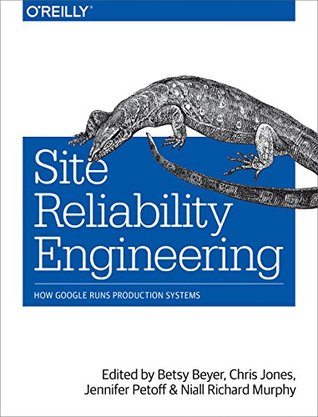More on this book
Community
Kindle Notes & Highlights
by
Betsy Beyer
Read between
January 6 - June 14, 2020
If you haven’t tried it, assume it’s broken. Unknown
If at first you don’t succeed, back off exponentially. Dan Sandler, Google Software Engineer Why do people always forget that you need to add a little jitter? Ade Oshineye, Google Developer Advocate
Remember that the code path you never use is the code path that (often) doesn’t work.
Unfortunately, business demands usually occur at the least convenient time to refactor the pipeline system into an online continuous processing system. Newer and larger customers who are faced with forcing scaling issues typically also want to include new features, and expect that these requirements adhere to immovable deadlines.
The last thing we wanted was to make children cry because they couldn’t watch Santa deliver presents. In fact, we dubbed the various kill switches built into the experience to protect our services “Make-children-cry switches.”
The solution to this scenario is to enact some type of churn reduction policy that prohibits infrastructure engineers from releasing backward-incompatible features until they also automate the migration of their clients to the new feature.
As an alternative to the overhead of asking a senior SRE to carefully plan a specific type of breakage that the new SRE(s) must repair, you can also work in the opposite direction with an exercise that may also increase participation from the entire team: work from a known good configuration and slowly impair the stack at selected bottlenecks, observing upstream and downstream efforts through your monitoring. This exercise is valued by the Google Search SRE team, whose version of this exercise is called “Let’s burn a search cluster to the ground!”
In this particular case, the road to hell was indeed paved with JavaScript.
The industries that we surveyed were mixed in terms of if, how, and why they embraced automation. Certain industries trusted humans more than machines.


